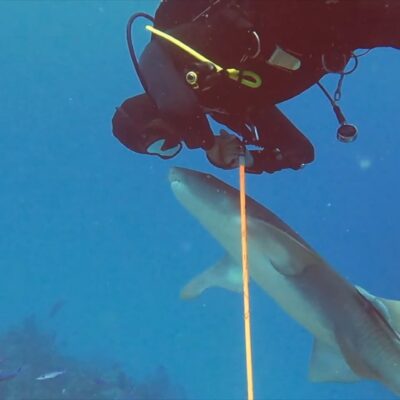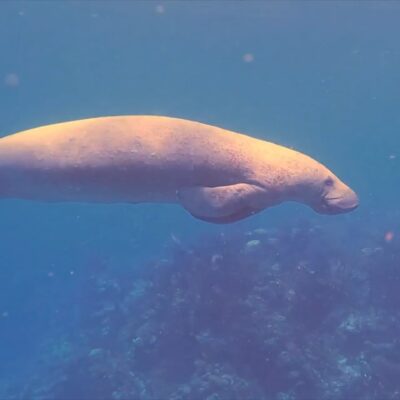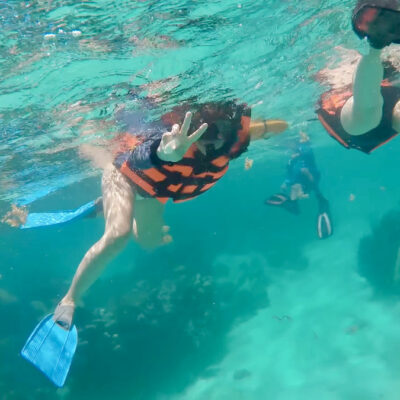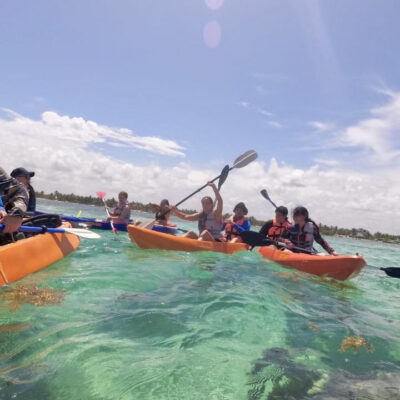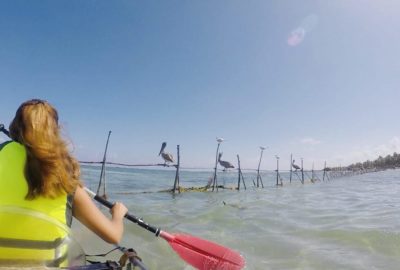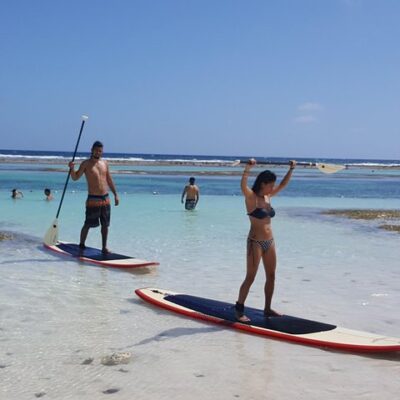$3,000
1 hora
Pesca de 1 hasta 8 personas por lancha, troleo con caña para pesca de fondo o anzuelo con carnada.
$2,000
1 dia
Disfruta de este único y espectacular tour de buceo para principiantes (Bautizó o discover) en el arrecife de Mahahual Costa Maya
$2,200
1 dia
Disfruta de este único y espectacular tour de buceo en el arrecife de Mahahual
$3,200
1 dia
Disfruta de este único y espectacular tour de snorkel en Chinchorro saliendo desde Costa Maya Mahahual.
$4,200
1 dia
Increíble y única experiencia, Buceo a Banco chinchorro partiendo desde Costa Maya Mahahual
$350
2 horas
Atraviesa la playa de Costa Maya Mahahual en Kayak hasta llegar al arrecife de la costa Maya y sumérgete a hacer snorkel. Dos actividades al precio de una.
$200
1 hora
Recorre la costa de Mahahual en Kayaks con fondo transparente, remos y chalecos incluidos
$200
1 hora
Renta de paddle boar en Mahahual, diversion familiar con toda la seguridad y capacitación de guías profesionales
$350
1 hora
1 hora de tour con equipo de respirador desechable (snorkel), chaleco, visores y aletas. Con la seguridad y diversion garantizada que un guía profesional en Costa Maya Mahahual te ofrece.
$700
1 hora y media
Espectacular tour de cuatrimoto por la costera de Costa Maya Mahahual, 15 kilómetros de aventura y terracería pasando por los manglares y hermosas playas.
Mostrando 1-10 de 10 resultados


